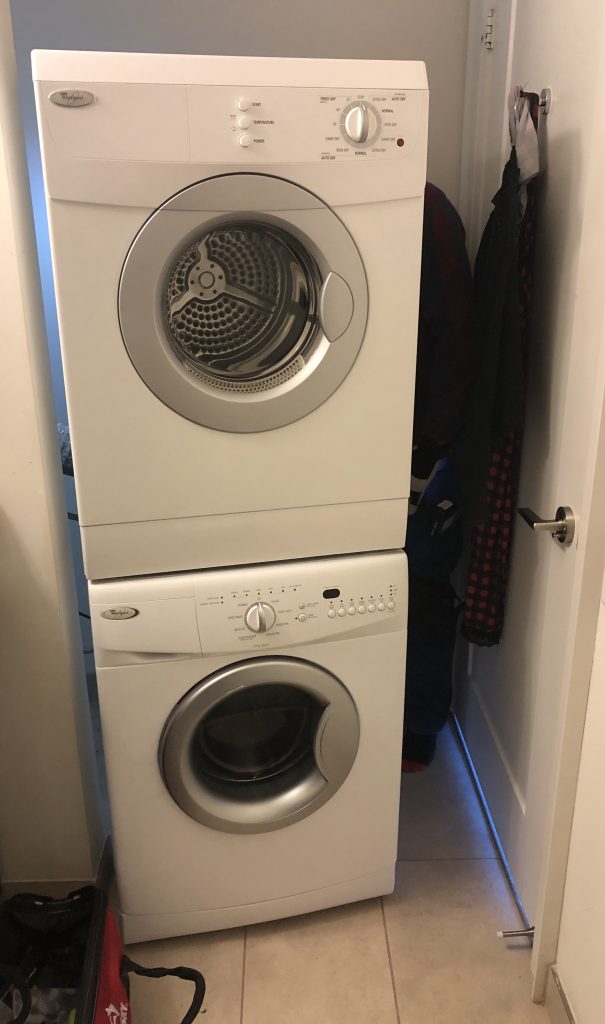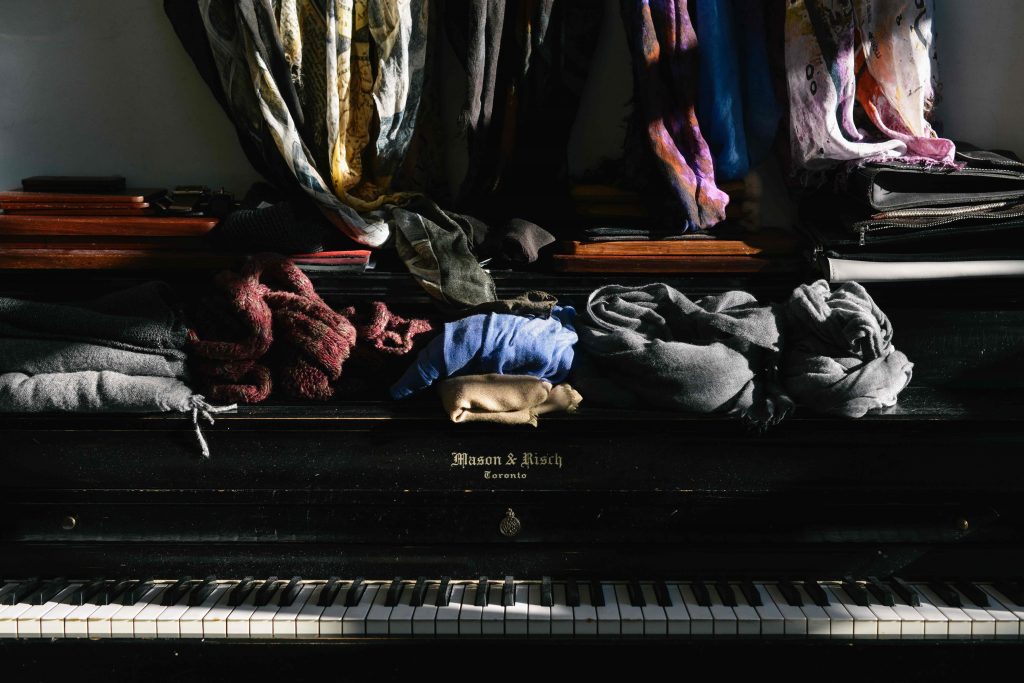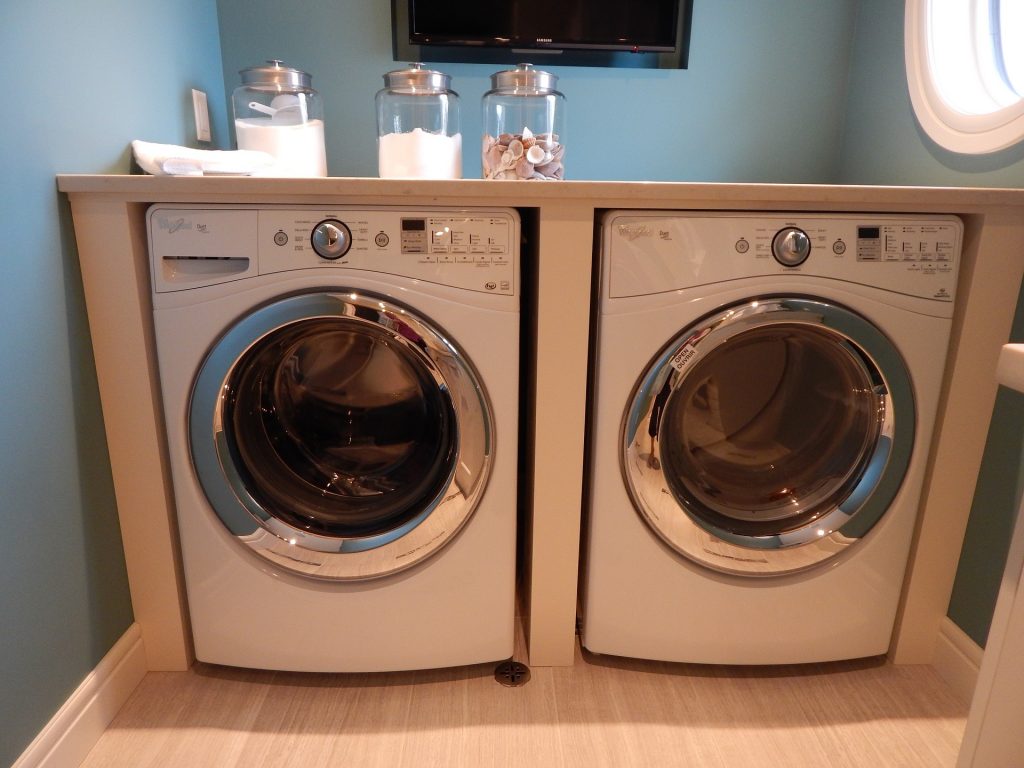Do you want to know how you can fix your dryer without professional help? We tell you what you can do to get your appliance working again.
Buying a dryer makes the life of a lot of people easier. Do you live in a small apartment where you can’t hang your clothes to dry? A dryer will help you to clear your chairs, radiators and other furniture from your wet clothes. Nowadays, dryers come in all shapes and sizes, so you’ll find one that fits your needs. But what if you invested in a new appliance and then it suddenly stops working?
First of all, don’t panic. You don’t need to call a technician immediately, as you can try to solve the problem without help. Secondly, read this article to figure out what to do if your dryer doesn’t run properly or makes a weird noise.
In case you decide that you can’t handle the problem yourself, we are here for you. Our technicians work late (daily from 8 am to 10 pm), use genuine parts and we offer up to one-year warranty on parts and services. Feel free to call us: +1 (289) 801-7857 / +1 (888) 513-0052 / +1 (647)-558-5825 or schedule an appointment online through our contact form. We are happy to help you with dryer repair or installation.
Problem 1: Dryer Doesn’t Run Properly
If you turn on your dryer but it doesn’t run properly and won’t heat up at all, the problem might be that the thermal fuse is blown. To test if that’s the case, you need to find the thermal fuse (usually it’s behind the rear panel or the bottom toe panel) and test it with an Ohmmeter. If the meter moves to 0, you’ll need to replace the thermal fuse.
The reason for a blown thermal fuse can often be found as a result of overloading the machine, a clogged ventilation or lint screen.
Problem 2: Clothes Are Not Dry
Firstly, before you thinking of a bigger problem, you should answer this question: Did you overload your dryer? If so, you could run a short cycle to make sure all the clothes get dry. If that is not the case, the heating element might be the problem. Dryers are still able to finish a full drying cycle, even with a broken heating element, which makes it hard to identify the problem. To change it, you’ll need the right part for your appliance by using the model number. Then you can remove the back panel and the connections to replace the heating element. Finally, run a test cycle to figure out if the clothes get dry.
By the way: To make the heating element last longer, you shouldn’t overload your appliance and make sure to clean the lint screen regularly.
Problem 3: Dryer Makes Weird Noises
There are many possible reasons if your dryer makes weird noises: It could be a damaged drive belt, a worn-out drum roller or drum roller axle, an object that blocks the blower wheel, a faulty drum bearing or other worn-out parts.
Check the parts in and around your drum to figure out if one of them is the reason for the noise. If needed, replace the faulty part to make the dryer run properly again.




